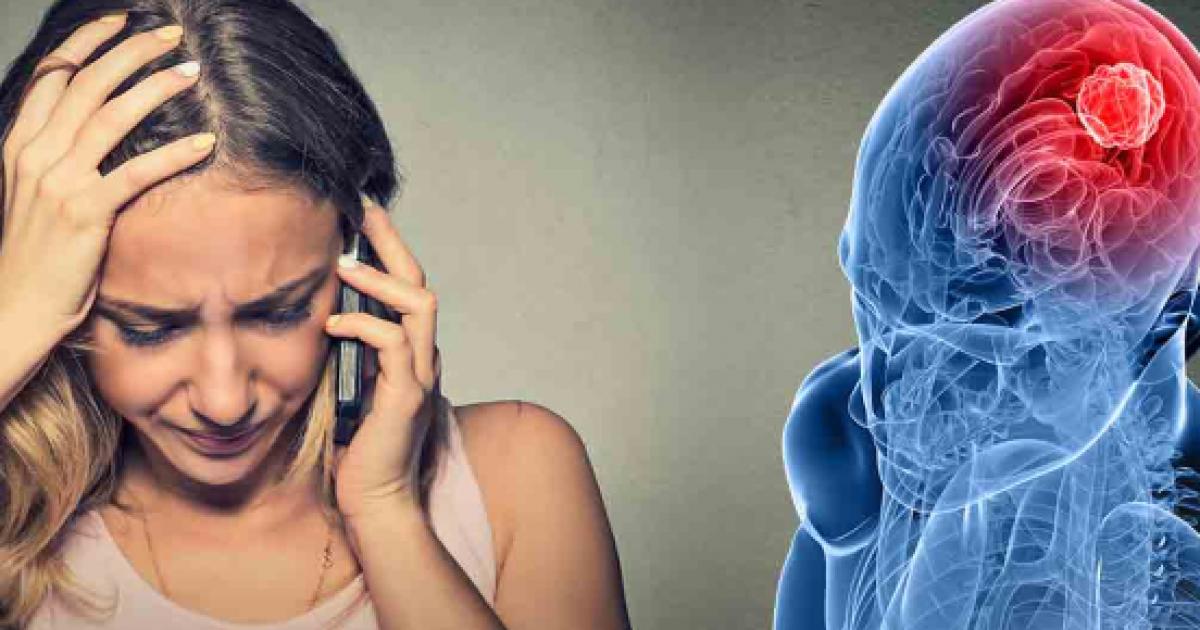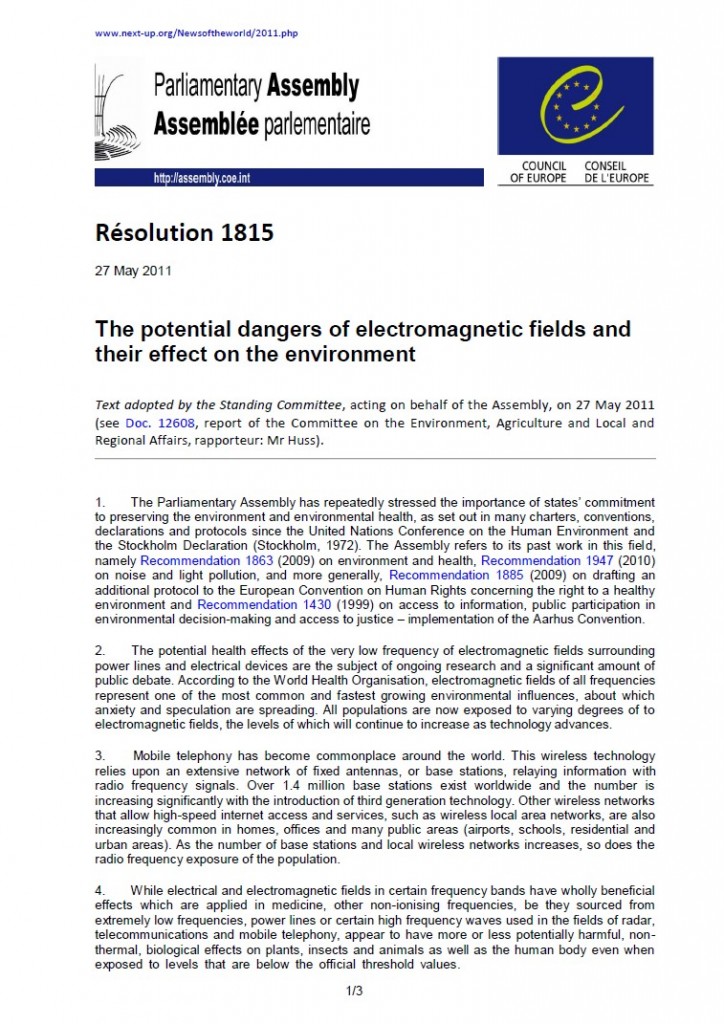Portada del sitio > Electrosensibilidad > Electromagnetic hypersensitive Finns: Symptoms, perceived sources and (...)
Electromagnetic hypersensitive Finns: Symptoms, perceived sources and treatments, a questionnaire study
Sábado 8 de junio de 2013 · 1898 lecturas
Electromagnetic hypersensitive Finns: Symptoms, perceived sources and
treatments, a questionnaire study
M. Hagström ∗, J. Auranen, R. Ekman
Turku University of Applied Sciences/Telecommunication and e-Business/Radio and EMC Laboratory, Joukahaisenkatu 3C, 20520 Turku, Finland
Received 20 December 2012; received in revised form 24 February 2013; accepted 25 February 2013
Abstract
The aim was to analyze the subjective experiences of Finns who describe themselves as suffering from electromagnetic hypersensitivity
(EHS), their symptoms, self-perceived sources of the health complaints and the effectiveness of medical and complementary alternative
therapies. A total of 395 questionnaires were mailed to self-diagnosed EHS persons. Of the participants 345 belonged to a Finnish self-help
group and 50 came from outside of the group. The return rate of the study was 52.1% (206) and 80.9% of the respondents were women. Before
the onset of EHS the most common health complaints were different types of allergies (35.1%, 68). During the acute phase of EHS the most
common symptoms were nervous system related: “stress” (60.3%, 117), “sleeping disorders” (59.3%, 115) and “fatigue” (57.2%, 111). The
sources that were most often reported to have triggered EHS were: “personal computers” (50.8%, 94) and “mobile phones” (47.0%, 87). The
same devices were also claimed to cause the most symptoms during the acute phase. After the acute phase of EHS had passed, the respondents
still claimed to react to these same digital and wireless devices while their reactions to basic electrical appliances were reduced. According to
76% of 157 respondents the reduction or avoidance of electromagnetic fields (EMF) helped in their full or partial recovery. The best treatments
for EHS were given as: “dietary change” (69.4%), “nutritional supplements” (67.8%) and “increased physical exercise” (61.6%). The official
treatment recommendations of psychotherapy (2.6%) and medication (−4.2%) were not significantly helpful. According to the present results
the official treatment protocols should take better account the EHS person’s own experiences. The avoidance of electromagnetic radiation and
fields effectively removed or lessened the symptoms in EHS persons.
� 2013 Elsevier Ireland Ltd. All rights reserved.
Keywords: Electromagnetic hypersensitivity (EHS); Electromagnetic fields (EMF); Questionnaire study; Symptoms; Diet; Antioxidants; Supplements; Psychotherapy;
Complementary alternative (CAM) therapies
Ver el trabajo completo en pdf







